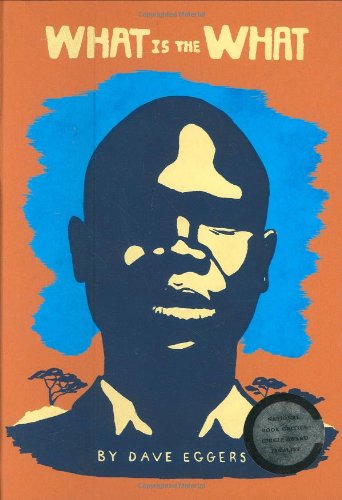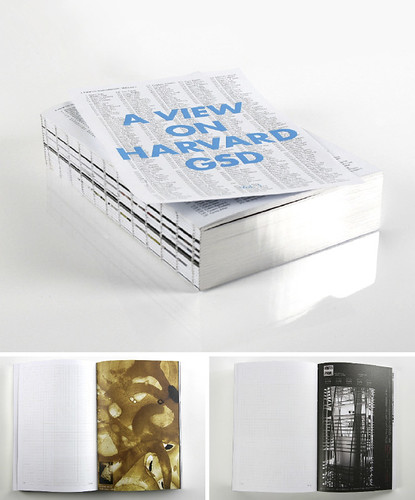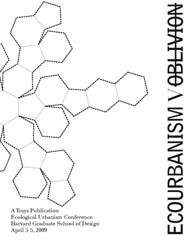The Best Architecture, Planning and Urban Affairs books of 2006
I put a lot of thought into the order of this list, but please remember that it reflects my personal interests as much as overall goodness of the book.
This is my overall favorite of the year. It rocks (and it's U of M press). Macek takes a long look at film, advertising and the media and the portrayal of the city, as well as the way that the right has used those ideas to gain power in the suburbs over the past 50 years by creating an us vs. them that left the perception of urban dwellers as being poor, non-white, and immoral. One of the books strengths is how often it lets the right speak for itself. Like the wonderful suggestion that we must, "abridge to an appropriate degree the freedom" of urban dwellers. Wonderful stuff.
The Destruction of Memory: Architecture at War by Robert Beven
This is also a fantastic book. It's about the targeting of architecture during episodes of ethnic cleansing. There are big sections on Nazi Germany, the Balkans, Israel/Palestine, and Iraq. My thesis work is going to be on the ways that planning and architecture can reflect and promote national identity. Well, this is the dark side. Mosques into churches. Priceless works of art destroyed along with civilian populations. History physically erased.
Planet of Slums by Mike Davis
Mike Davis is one of my favorites and this is a great topic. Davis has to be one of the most intelligent people writing now. The shear amount of information can be overwhelming at times, but at the same time it isn't a difficult read. In this book, he examines the growth of informal housing throughout the world (and for those who think this is a third world problem, there are areas of the US that have ever growing shantytowns) and some of the responses to the problem from groups like UNHabitat or economists like DeSoto.
Cities by John Reader
Reader presents the history of cities from a natural perspective, which is really quite fascinating. He also addresses the whole chicken and egg problem of urban development in a very good way. Did cities begin because people started producing agricultural surpluses or did people start producing agricultural surpluses because cities developed? Reader makes the case that archeological evidence seems to say that people grouped together first and foremost of religious and defensive reasons and developed agriculture to support that arrangement.
The High Cost of Free Parking by Donald Shoup
Now, a six-hundred plus page book on parking is not going to be everyone's cup of tea, but if you are interested, this book is interested. It's really pretty amazing how a seemingly little public policy decision like parking minimums shape so much of our physical world. This book has given rise to a whole generation of "Shoupistas," so hopefully we'll see a lot of local policy changes in the near future. This is one area where planners can really take the lead.
Cosmopolis II: Mongrel Cities of the 21st Century by Leonie Sandercock
Sandercock teaches at UBC now, but she's spent a long career throughout Australia and Canada studying the post-colonial city. This book is about the 21st century city, which, to her, means the diverse city, the demilitarized city, and above all, "I don't want a city where my profession - urban planning... act(s) as spatial police, regulating bodies in space..." Sandercock is also married to John Friedman, who wrote Planning in the Public Domain, which is also awesome.
Come Hell or High Water: Hurricane Katrina and the Color of Disaster by Eric Michael Dyson
As promised, one more book on Katrina. Dyson's book has wonderful statistics on rates of car ownership and access to automobiles, a great timeline and some wonderful thoughts on Kanye West's "George Bush doesn't care about black people" comment. Dyson suggests that it didn't mean that Bush personally doesn't care about individual black people but rather that the Republican Party as a whole has written off the possibility of winning Black votes and therefore directs it's aid toward people who may vote for them and in that way collectively doesn't care.
Runner-up books worth reading:
The Edifice Complex: How the Rich and Powerful Shape the World by Deyan Sudjic
The Architecture of Happiness by Alain de Botton
Neo-Bohemia: Art and Commerce in the Post-Industrial City by Richard Lloyd Read more...






















